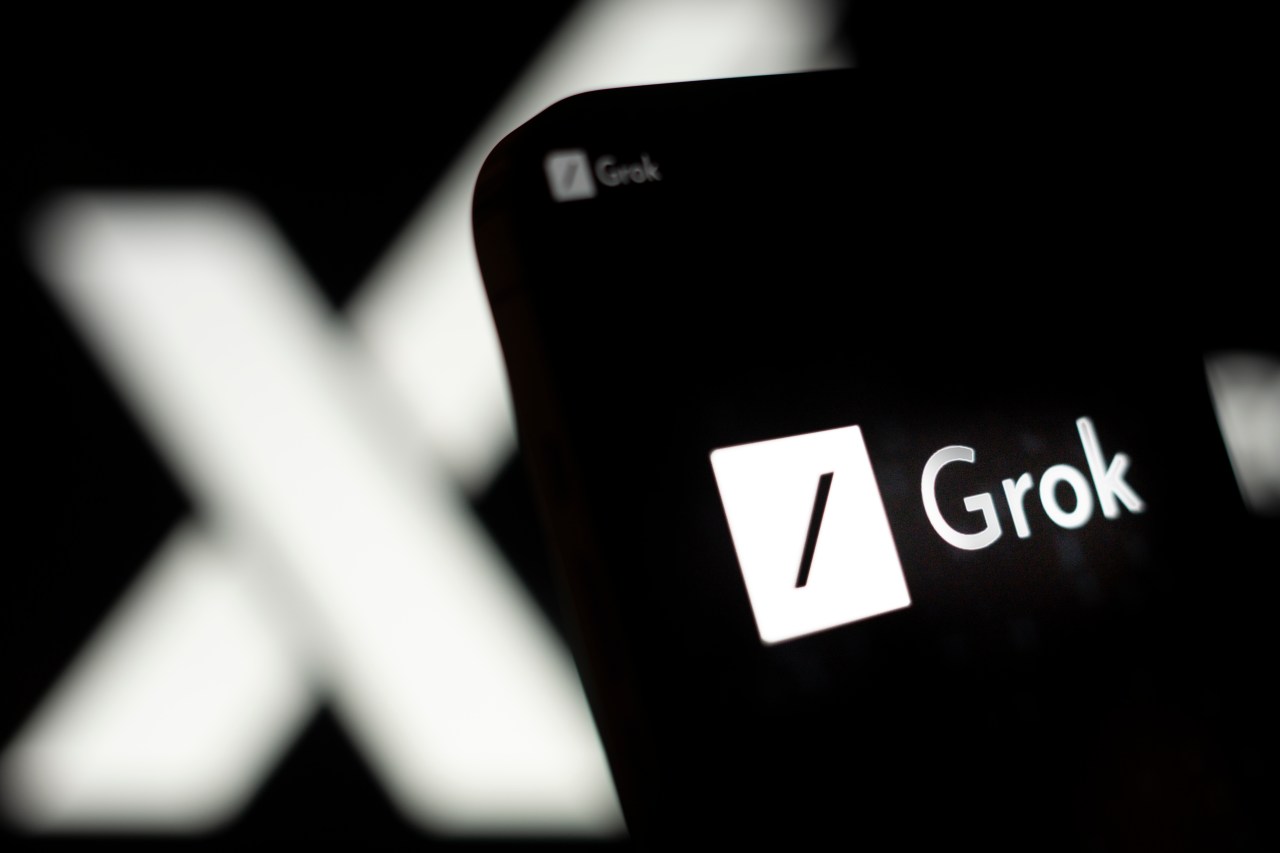In a bold move that echoes the increasingly competitive landscape of artificial intelligence, Elon Musk’s xAI has made waves by open sourcing the base model of its Grok AI. With the spotlight firmly on this announcement, it’s crucial to delve deeper into what this means for the AI community and the implications it holds for the future of AI development.
What is Grok?
The Grok model is a mixture-of-expert architecture comprising an astounding 314 billion parameters. As noted in xAI’s release on GitHub, Grok is not tailored for any specific application, including chat functionalities, unlike its previous iterations that interacted with users on the X social network. This lack of specialization offers a unique opportunity for developers to adapt Grok for various applications, showcasing the model’s versatility.
The Open Source Landscape
Open sourcing has been a growing trend among tech giants, further fueled by competitive pressures. Alongside xAI, companies like Meta with its LLaMa model, Google with the Gemma series, and many others have embraced this practice, leading to a rich ecosystem of shared knowledge and innovation.
- Meta’s LLaMa: This model has made significant contributions in the natural language processing domain.
- Google’s Gemma: Released models like Gemma2B and Gemma7B provide high scalability and efficiency.
- Mistral and AI2: These models have also been integral in offering robust open-source solutions.
Each of these releases showcases the communal drive within the AI sector, where shared resources can accelerate development and encourage collaborative improvement.
Commercial Use and Licensing
The Grok model operates under the Apache License 2.0, which encourages commercial applications. This opens the door for businesses and developers to utilize Grok in innovative solutions, particularly in areas such as conversational AI, as hinted by the CEO of Perplexity, Aravind Srinivas. Already, there are discussions underway to fine-tune Grok specifically for conversational search, indicating strong interest from the industry sector.
Challenges Ahead
While the release of Grok is a major milestone, it’s not without its complexities. One challenge lies in the absence of training code, which means that while developers can utilize the model, they may face hurdles in optimizing it for specific tasks. This raises questions about accessibility and practical application for smaller entities who may lack the resources of larger corporations.
The Competitive Edge and the OpenAI Situation
Interestingly, this move comes amid Elon Musk’s ongoing tensions with OpenAI, where he has accused the organization of straying from its initial nonprofit mission. This feud adds layers of intrigue to xAI’s actions, making Grok’s release seem not just like a technological advancement, but also as part of a broader strategy to reclaim a leadership position in the AI arena. Such competitive dynamics can spur innovation but also highlight the ethical considerations of AI development.
Conclusion: A New Era for AI?
The release of the Grok model by xAI is more than a mere technical milestone; it represents a fresh chapter in AI development characterized by open-source collaboration and innovation. As more companies engage in similar practices, the possibilities for AI applications become increasingly limitless, paving the way for advancements that could transform industries. At fxis.ai, we believe that such advancements are crucial for the future of AI, as they enable more comprehensive and effective solutions. Our team is continually exploring new methodologies to push the envelope in artificial intelligence, ensuring that our clients benefit from the latest technological innovations.
For more insights, updates, or to collaborate on AI development projects, stay connected with fxis.ai.

